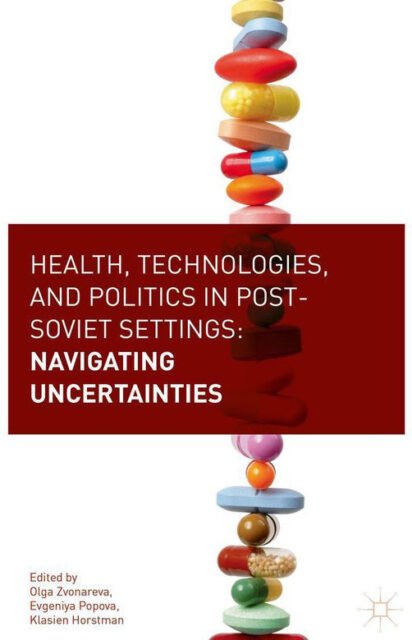Public bodies, private lives: the historical construction of life insurance, health risks, and citizenship in the Netherlands 1880-1920
Rotterdam: Erasmus Publishing, 2001
ISBN 9052351562, 9789052351568
The book begins by charting the rise of the Dutch life insurance industry and the early debates about the necessity of medical selection.
Horstman shows convincingly how an advisory role distinct from family practice emerged, due both to the industry’s desire for objective risk assessment, and to the NMG’s concern that medical assessment by family practitioners breached patient confidentiality.
Martin Gorsky in Medical History, 2003, 3, p. 389-390.
“Think for a moment about the most worrisome aspects of the practice of medicine. As a social scientist living in the United States, my list includes the expansion of the concept of risk (to the point where everything we do is risky and life is fraught with fear), the blurring of the line between therapy and enhancement, and the persistent notion that access to health care is a private matter, not a public issue.
It never occurred to me—until I read Klasien Horstman’s excellent book—that these problems might be related to the history of life insurance.
I am familiar with histories of life insurance in the United States that chronicle religious resistance to the idea, but Horstman’s work breaks new ground. In this well-researched and well-organized study of the relation between insurance companies, the medical profession, and the public she shows how modern conceptions of our selves and our bodies were shaped by the business of life insurance.”
Raymond R. de Vries, Bulletin of the History of Medicine, 2005, 140-141













